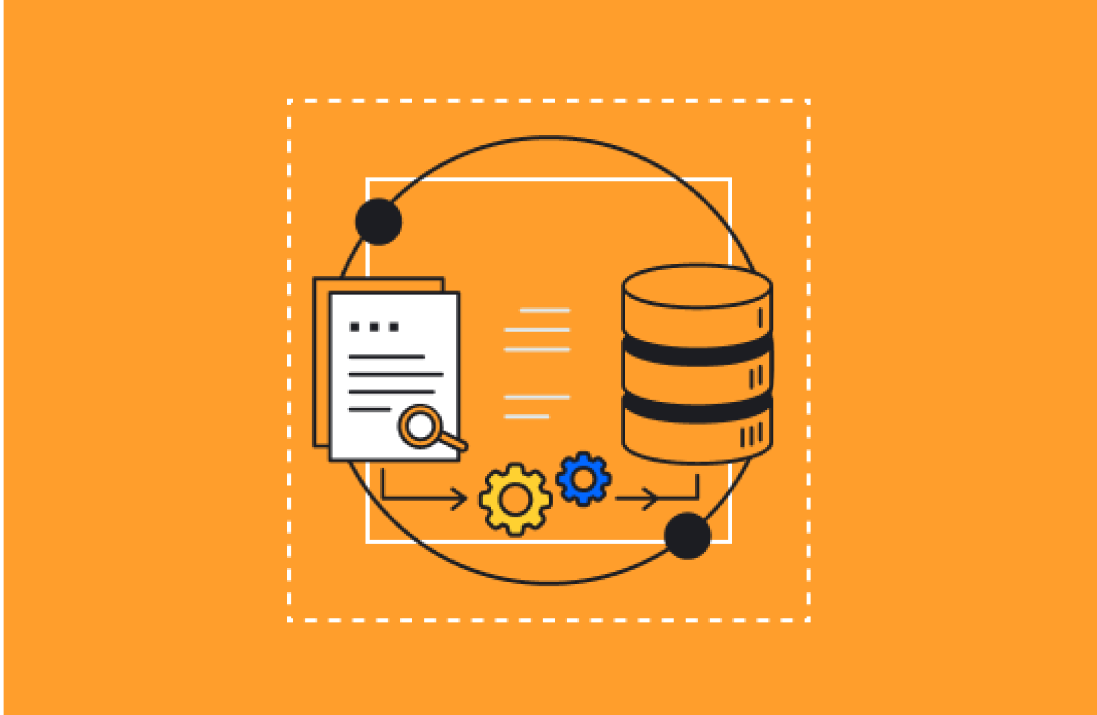Lead management is crucial for any business aiming to streamline its sales process and optimize marketing efforts. But not all lead management systems are created equal. Two of the most popular CRM platforms, Salesforce and HubSpot, handle leads differently, and understanding these differences can significantly impact your sales strategy.
Salesforce Leads: The Holding Area
The Basics:
In Salesforce, leads function as a temporary holding area. When a potential customer enters your sales pipeline, they start as a lead. However, these leads are typically incomplete, lacking detailed information such as account associations or even proper names.
The Conversion Process:
Once a lead in Salesforce has enough information, it's converted into a full contact, opportunity, and account. This conversion process is crucial because it ensures that only qualified leads with sufficient information enter your main sales pipeline.
Common Misuses:
A common misuse of Salesforce leads is treating them as a dumping ground for unverified or unqualified lists. This can clutter your CRM and make it difficult to focus on high-quality leads.
HubSpot Leads: Pre-Deal Status
The Basics:
In HubSpot, leads are considered pre-deals. This means they are more than just potential contacts; they are seen as early-stage opportunities that are being nurtured towards a sale.
The Conversion Process:
HubSpot leads can be associated with contacts or companies, allowing you to store detailed conversion information from the outset. Once sufficient information is gathered, these leads are converted into deals.
The SDR Tool:
HubSpot’s lead management system acts similarly to specialized sales development representative (SDR) tools like Outreach or Salesloft. This makes it an excellent platform for managing pre-sales lead activities efficiently.
Key Differences Between Salesforce and HubSpot Leads
Purpose:
- Salesforce Leads: Serve as pre-contacts, acting as a placeholder until they can be converted into full contacts.
- HubSpot Leads: Serve as pre-deals, being managed as early-stage opportunities right from the start.
Management:
- Salesforce: Leads are held temporarily and only converted when sufficient information is available.
- HubSpot: Leads are immediately integrated into your sales pipeline, allowing for detailed tracking and nurturing from the outset.
Why Understanding These Differences Matters
Data Quality:
Properly understanding and using leads in Salesforce and HubSpot can significantly improve data quality. By using leads correctly, you ensure that your CRM remains uncluttered and focused on high-quality, actionable data.
Efficiency:
HubSpot’s streamlined approach to lead management can enhance efficiency by reducing the steps needed to convert leads into deals. This can help your sales team focus on nurturing high-quality leads and closing deals faster.
How to Optimize Your Lead Management Process
In Salesforce:
- Avoid Clutter: Don’t use leads as a dumping ground. Ensure that only qualified potential customers are entered as leads.
- Regular Clean-Up: Regularly clean up your lead list to remove unqualified or outdated leads.
In HubSpot:
- Utilize Associations: Make full use of HubSpot’s ability to associate leads with contacts and companies to store detailed conversion information.
- Leverage SDR Tools: Take advantage of HubSpot’s similarities to SDR tools to manage and nurture your leads effectively.
Conclusion
Understanding the fundamental differences between Salesforce and HubSpot leads can transform your sales process. By leveraging the strengths of each platform and avoiding common pitfalls, you can ensure that your lead management is efficient, effective, and geared towards converting high-quality leads into satisfied customers.
Want a deeper dive into HubSpot leads?
Check out our guide comparing HubSpot leads to others in the game. Link here: https://aptitude8.com/prospecting-tools-comparison-guide






